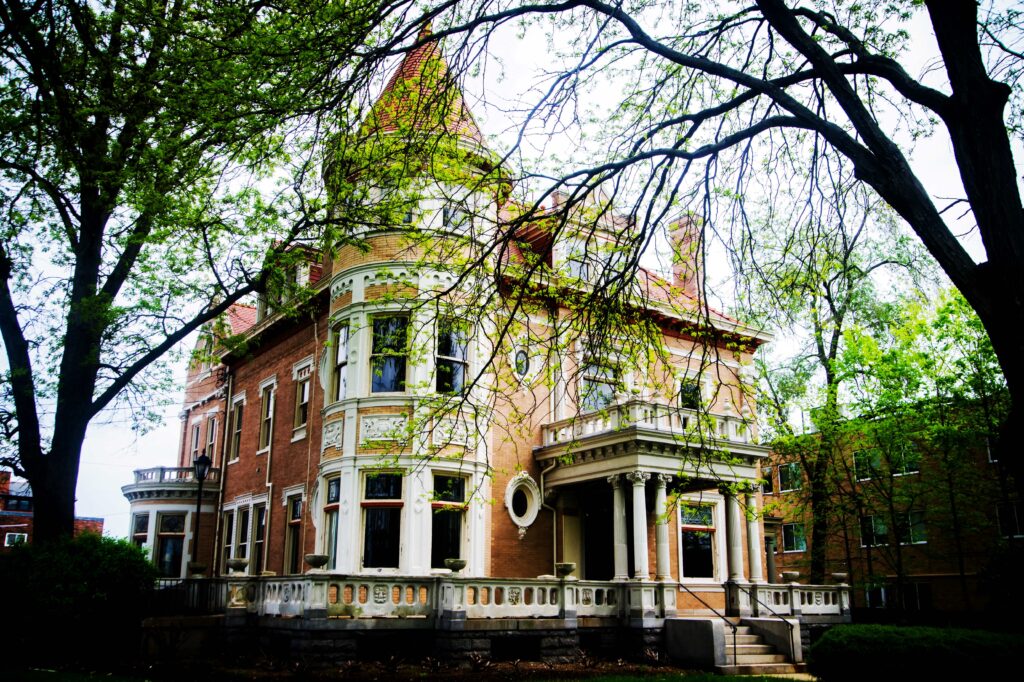
Picture Dayton Street in 1881—Cincinnati’s “Millionaire’s Rowe”—lined with mansions providing an escape from the smells, sounds, and sights of Over-the-Rhine’s overcrowded tenement housing. John Hauck owned his own brewery for nearly 2 decades, when he purchased the home at 812 Dayton Street and gave the facade and entire interior a lavish makeover where every room had hand-painted ceilings and cornice murals, intricately patterned wood floors, and french inspired tile. His wife, Catherine and their two children moved in. Emily would have been 20 years old and Louis 15 years old.

Eventually, Emily and Louis obtain houses of their own on Dayton Street. Louis at 842 Dayton where similarly ornate decor fills the interior spaces. Emily was given the neighboring home at 816 Dayton Street by her parents as a wedding gift. However, when Emily’s husband, Charles Heine died in 1894 she and her two daughters Emily J. and Frieda Heine moved to the 11,720 sq. ft. home at 506 Oak Street, now home to Cincinnati non-profit The Dragonfly Foundation.

It’s through this shared history that Executive Directors Beth Johnson of Cincinnati Preservation and Christine Neitzke of The Dragonfly Foundation found a common bond.
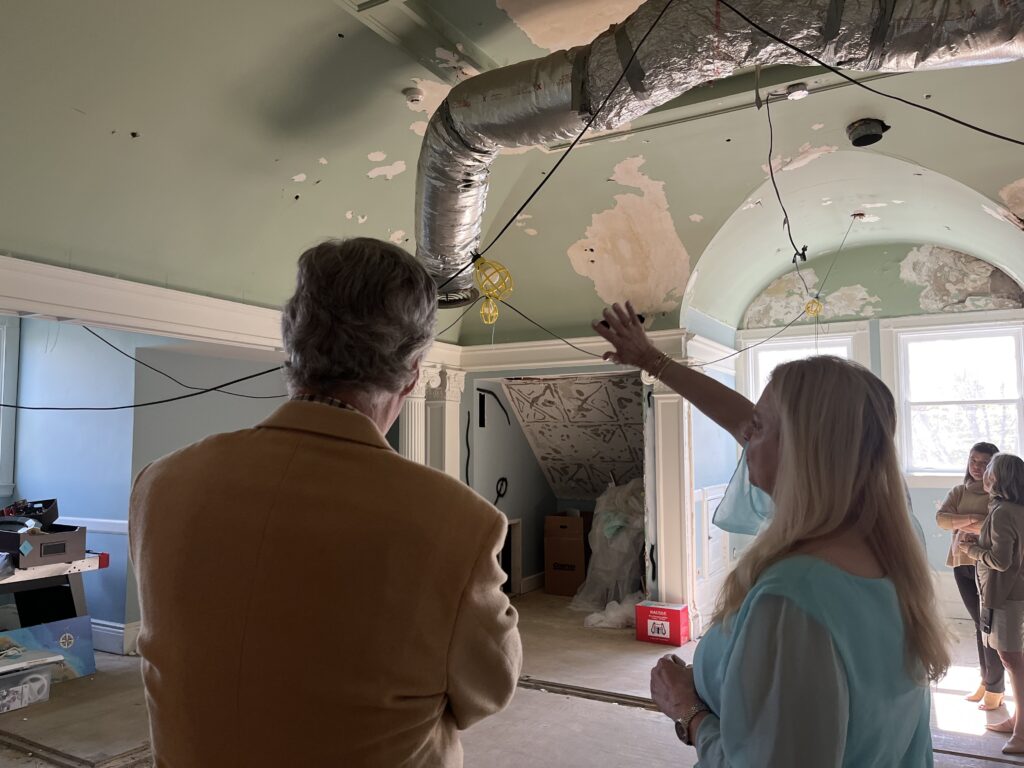
“Do you think we might have ceiling murals under the paint in the 3rd floor ballroom?” Neitzke asks Johnson while the organizations tour each other’s facilities. “It’s a big possibility,” Johnson replies. The Dragonfly Foundation purchased the site in 2018 and began the restoration process of the .68 acre property equipped with a 3,082 sq. ft. carriage house. Dragonfly will preserve for posterity, the home’s original artisan finishes as they create a new non-residential facility that families impacted by pediatric cancer can use. Just a few blocks from Children’s Hospital Medical Center, Dragonfly families receive relief and respite from the emotional, relational, medical, and financial challenges they experience.

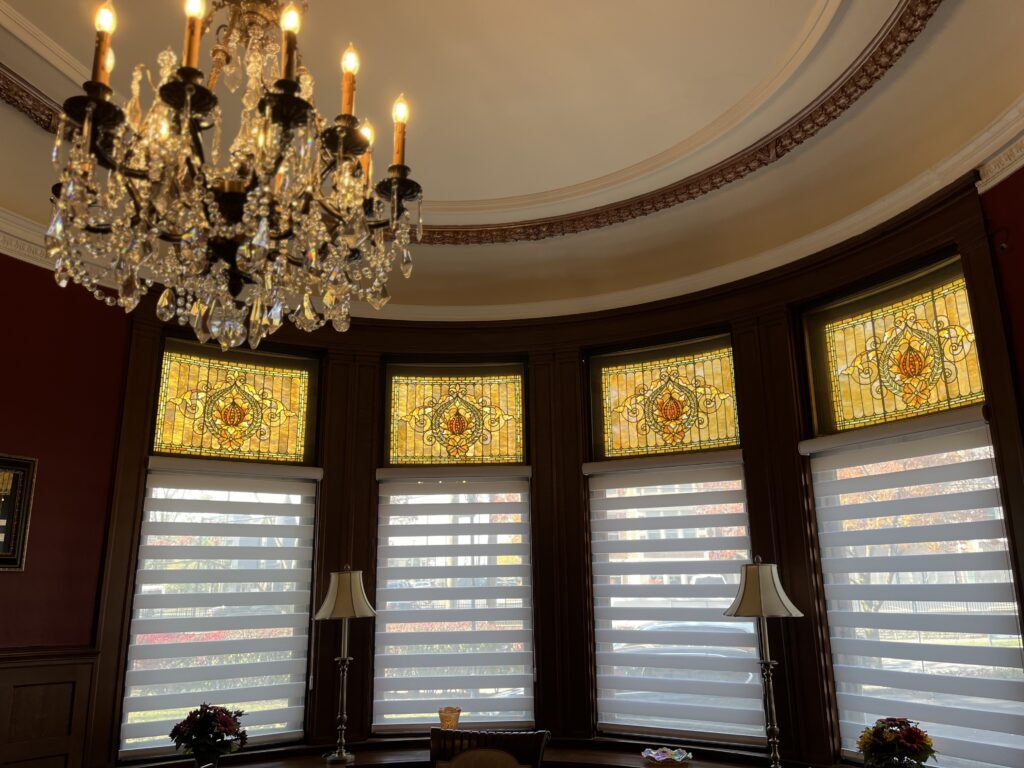
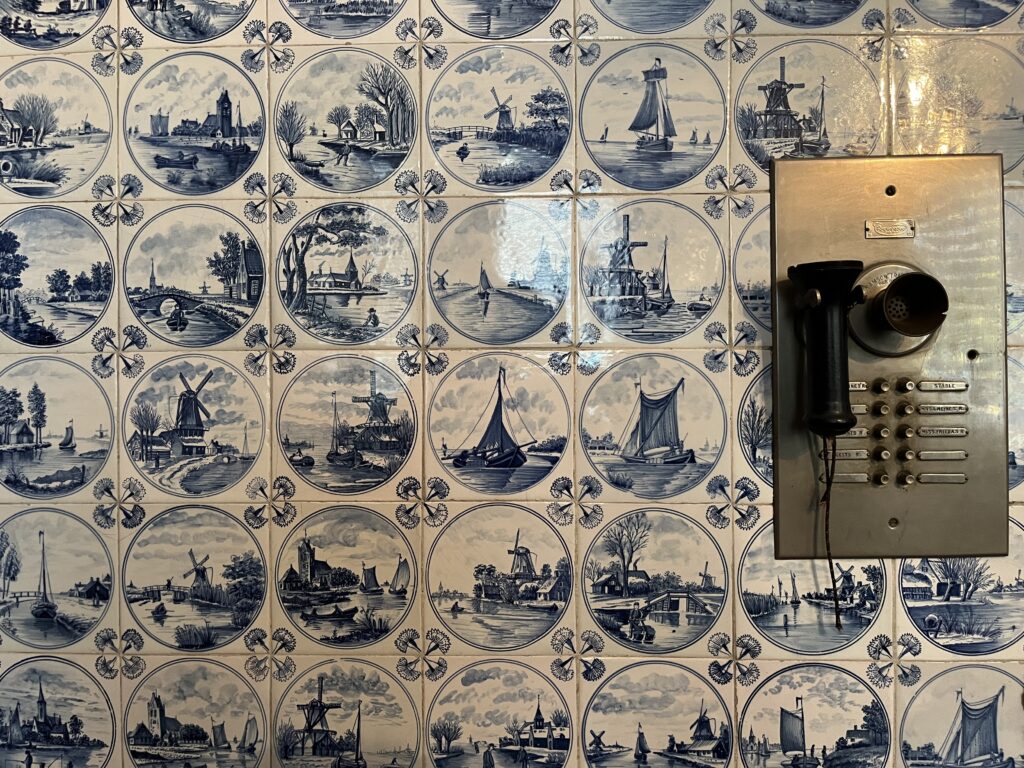
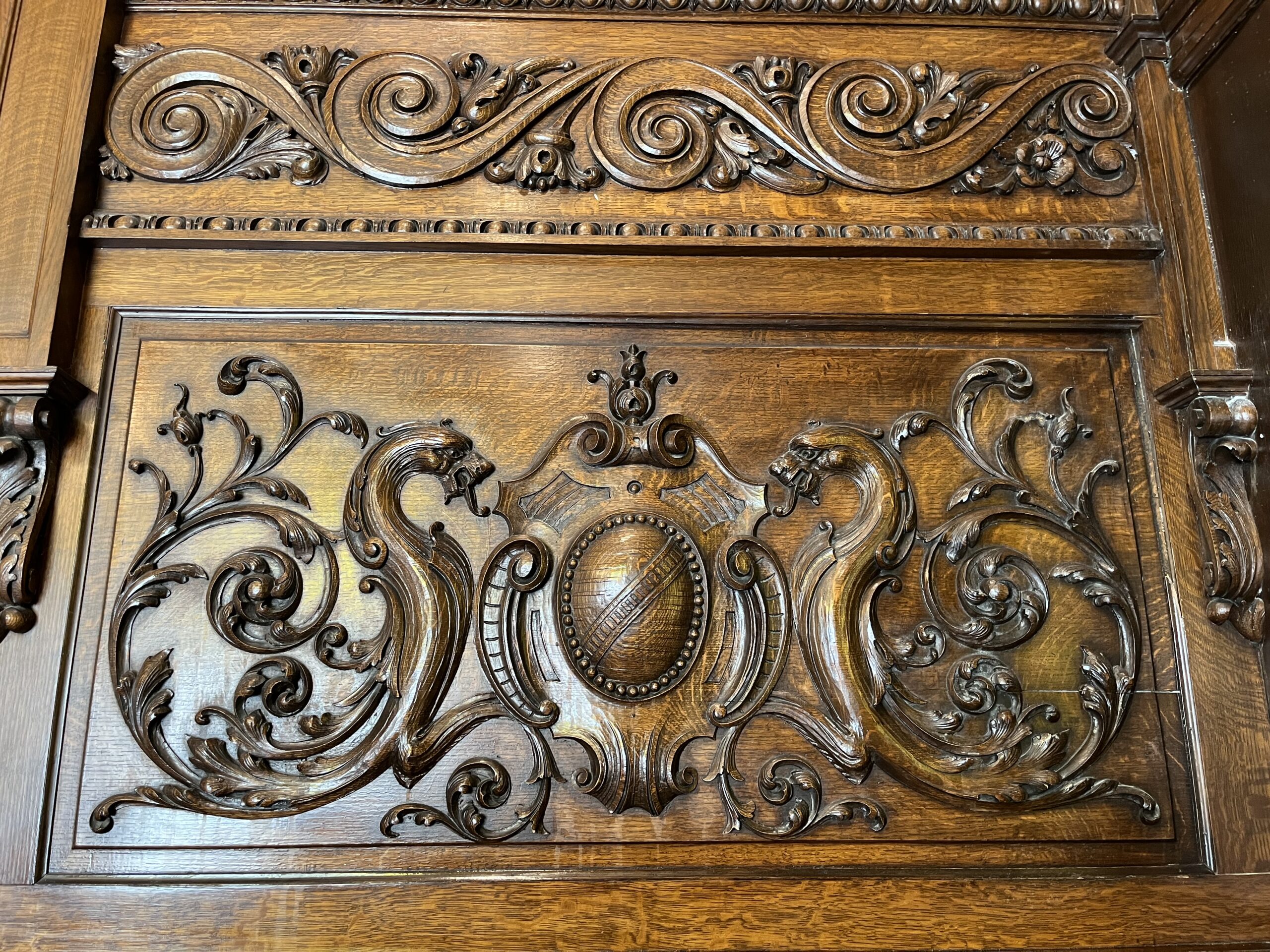

Neitzke and staff have taken great care to restore the space and honor Emily Hauck Heine’s legacy while creating a haven for Dragonfly families. In acquiring the home at 506 Oak Street, Dragonfly made a promise to do their best to maintain the historic integrity of the property. They knew it was going to be a worthwhile undertaking. When Mayfield utilized the space, they required a much more clinical and corporate facility, which led to alterations such as drop ceilings throughout the house that covered original murals and trim work, as well as the installation of cubicles and phone wiring in the ballroom.
Since taking over, Dragonfly has worked to restore the house to a home-like environment for their families. They have uncovered original frescoes, woodwork, and tile work, while also making the space comfortable and functional for the Dragonfly families who need it most.
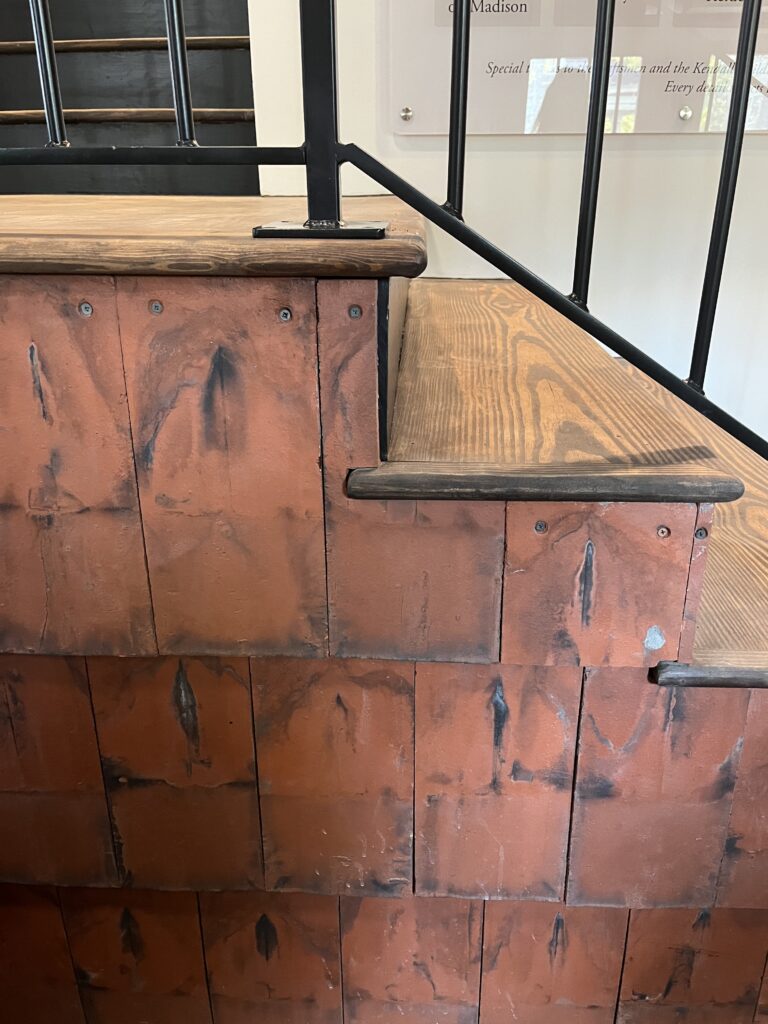
While the carriage house was recently rehabilitated by MSA Architects, the third floor of the main house is yet to be complete. “After seeing the ceiling murals at the Hauck homes on Dayton Street, it’s hard to believe that the ballroom at the Oak Street house wouldn’t also have something similar to uncover,” Neitzke remarks.
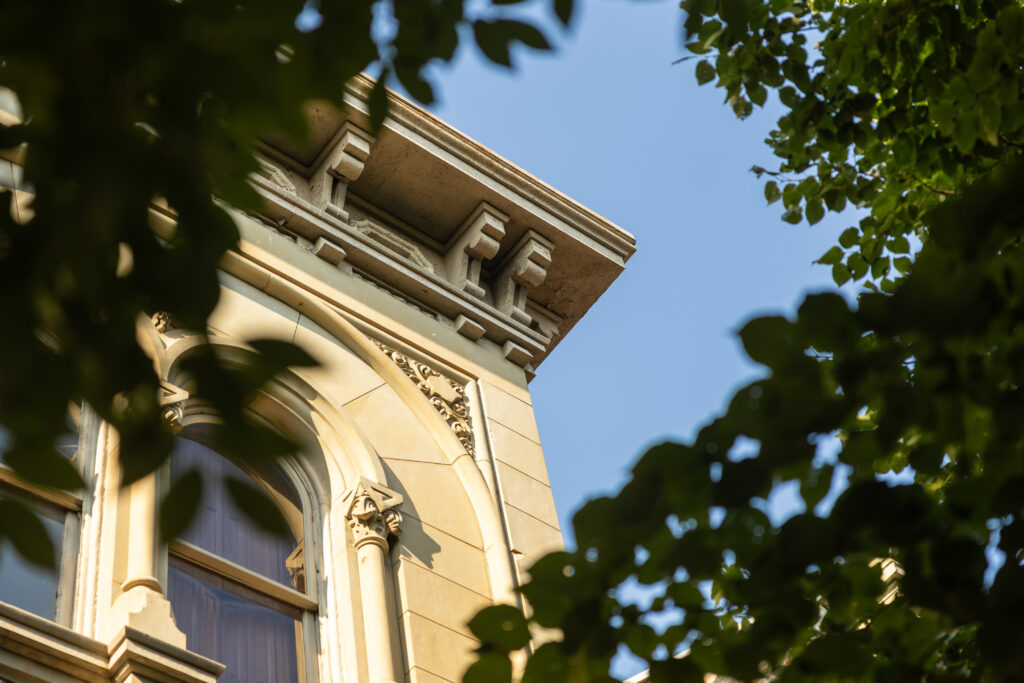
In 2009, the John Huack House on Dayton Street was closed as a House Museum and purchased by Cincinnati Preservation. At this time the restoration work began. For over a decade dedicated craftsmen worked to bring the house closer to it’s original glory while also modernizing things like HVAC, plumbing and electric. It was during this time that a paint analysis was conducted on the ceilings.

Paint Analysis is a scientific process used to examine and understand the composition, history, and characteristics of paint layers on various surfaces. The process typically involves collecting paint samples, often using a scalpel or other tools, and then analyzing these samples in a laboratory using techniques like microscopy and spectroscopy. This helps to reveal the paint’s stratigraphy (layer structure) and composition, providing valuable insights into its history and condition while allowing preservationists to identify and match historic paint colors exactly.
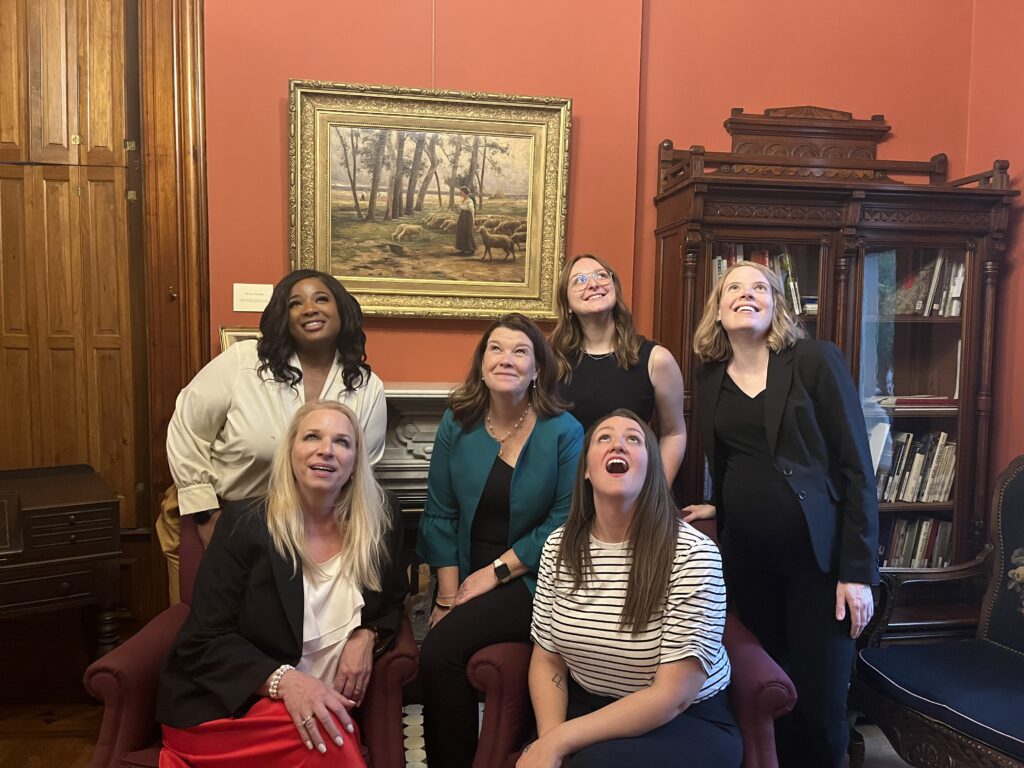
“What we uncovered was so much more exciting than simply ‘What was the color of this room in 1881 when it was John Hauck’s bedroom,’” Johnson states. Ornate murals were hiding under the 17-23 layers of paint in every single room of the mansion. For years, craftsmen worked with razor blades chipping back tiny sections at a time. The big reveal is breathtaking.
“We’ve decided to leave the murals in each room in different stages of preservation so that people can see various techniques and levels of restoration. We see the Hauck House as a living lab for preservation. It’s also a great honor that we also get to house our offices and preservation library here too,” Johnson adds.
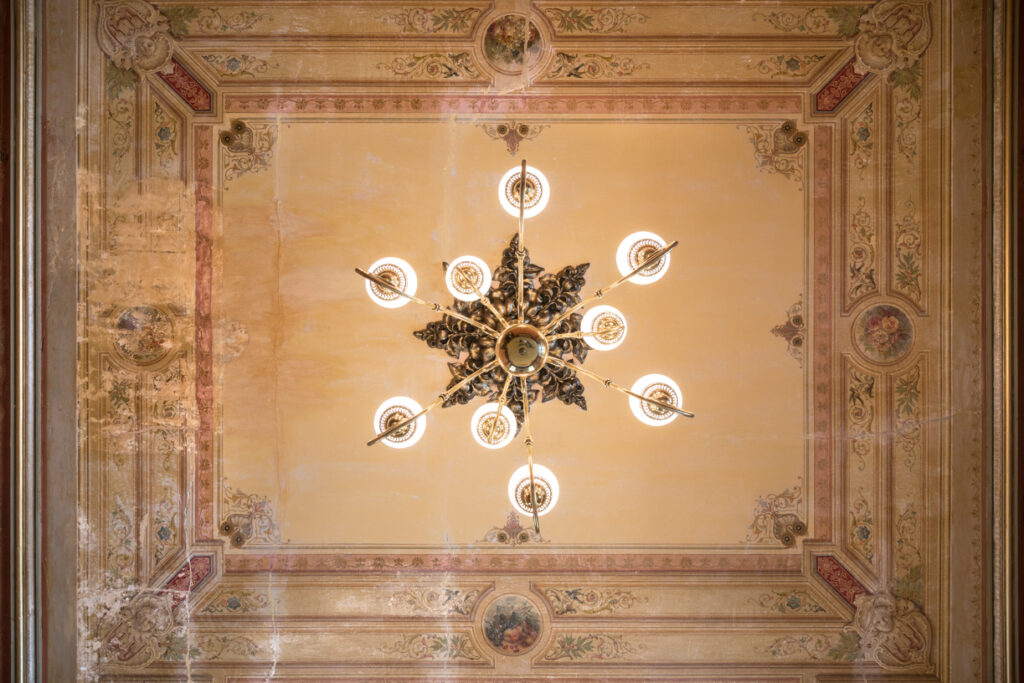
While the Hauck family were certainly among some of the wealthiest in the area during their lifetime, they also gave generously and had a hand in the development of several local iconic institutions such as the Cincinnati Red Stockings, The Art Museum, The Cincinnati Zoo, the Civic Garden Center, Hauck Botanical Gardens and more.
“While our organizations’ missions do not seem similar upon first glance, we will always be deeply connected by our shared history through the Hauck and Heine families and their philanthropic legacy for all Cincinnatians.” Johnson notes.